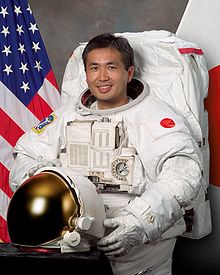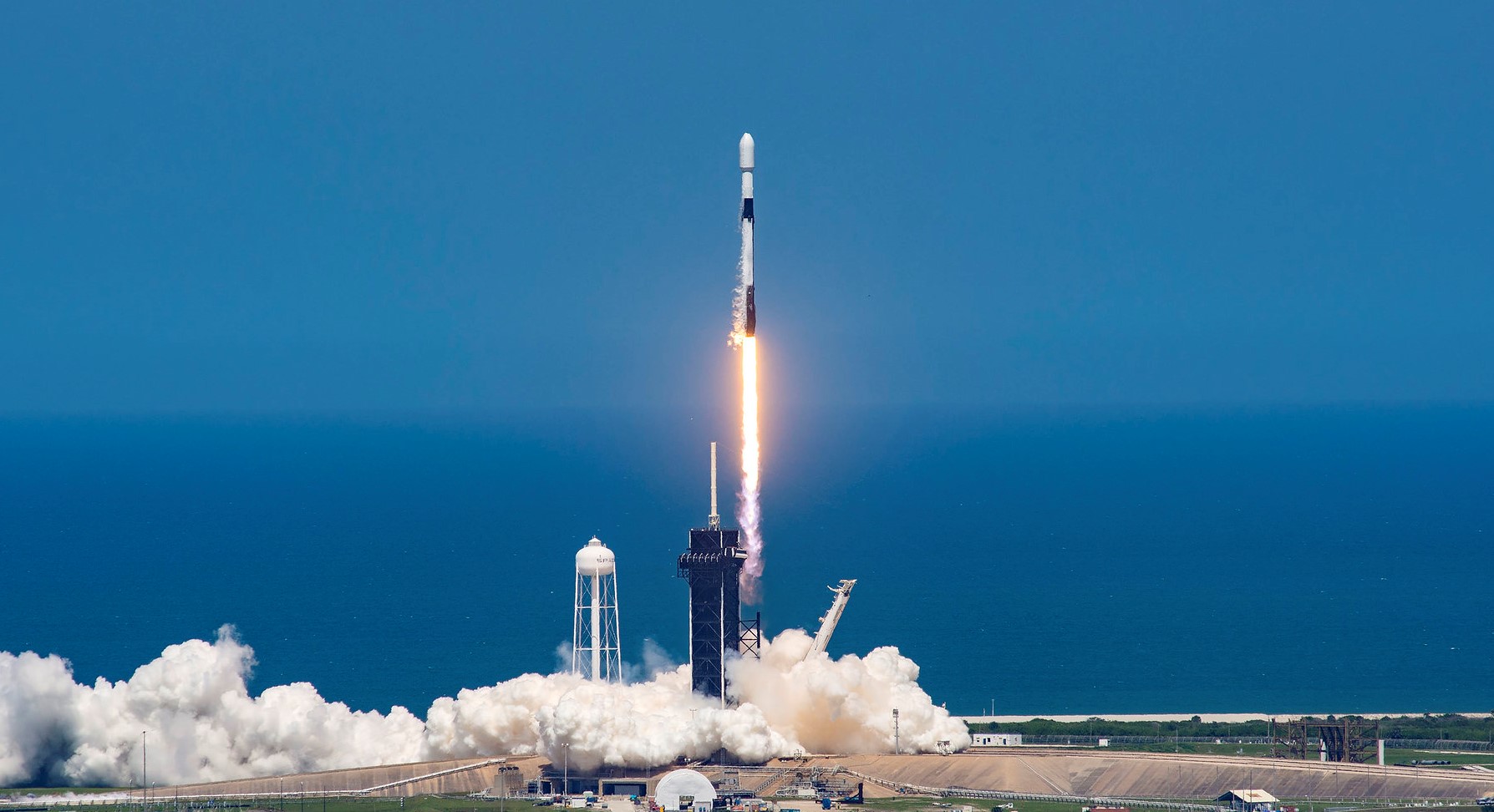Koichi Wakata
Japanese - (JAXA)
Active
Date of Birth: Aug. 1, 1963
Age: 62
Koichi Wakata (若田 光一 Wakata Kōichi, born 1 August 1963) is a Japanese engineer and a JAXA astronaut. Wakata is a veteran of four NASA Space Shuttle missions, a Russian Soyuz mission, and a long-duration stay on the International Space Station. During a nearly two-decade career in spaceflight, he has logged more than eleven months in space. During Expedition 39, he became the first Japanese commander of the International Space Station. Wakata flew on the Soyuz TMA-11M/Expedition 38/Expedition 39 long duration spaceflight from 7 November 2013 to 13 May 2014. During this spaceflight he was accompanied by Kirobo, the first humanoid robot astronaut.
Space Shuttle Endeavour / OV-105 | STS-72
National Aeronautics and Space Administration | United States of AmericaKennedy Space Center, FL, USA
Jan. 11, 1996, 9:41 a.m.
Space Shuttle Discovery / OV-103 | STS-92
National Aeronautics and Space Administration | United States of AmericaKennedy Space Center, FL, USA
Oct. 11, 2000, 11:17 p.m.
Space Shuttle Discovery / OV-103 | STS-119
National Aeronautics and Space Administration | United States of AmericaKennedy Space Center, FL, USA
March 15, 2009, 11:43 p.m.
Status: Success
Mission:
STS-119 (ISS assembly flight 15A) was a space shuttle mission to the International Space Station (ISS) which was flown by Space Shuttle Discovery during March 2009. It delivered and assembled the fourth starboard Integrated Truss Segment (S6), and the fourth set of solar arrays and batteries to the station.
Low Earth OrbitSpace Shuttle Endeavour / OV-105 | STS-127
National Aeronautics and Space Administration | United States of AmericaKennedy Space Center, FL, USA
July 15, 2009, 10:03 p.m.
Status: Success
Mission:
STS-127 (ISS assembly flight 2J/A) was a NASA Space Shuttle mission to the International Space Station (ISS). It was the twenty-third flight of Space Shuttle Endeavour. The primary purpose of the STS-127 mission was to deliver and install the final two components of the Japanese Experiment Module: the Exposed Facility (JEM EF), and the Exposed Section of the Experiment Logistics Module (ELM-ES). When Endeavour docked with the ISS on this mission in July 2009, it set a record for the most humans in space at the same time in the same vehicle, the first time thirteen people have been at the station at the same time. It also tied the record of thirteen people in space at any one time.
Low Earth OrbitSoyuz FG | Soyuz TMA-11M
Progress Rocket Space Center | RussiaBaikonur Cosmodrome, Republic of Kazakhstan
Nov. 7, 2013, 4:14 a.m.
Status: Success
Mission:
Soyuz TMA-11M begins expedition 38 by carrying 3 astronauts and cosmonauts to the International Space Station. Russian Commander, cosmonaut Mikhail Tyurin alongside Flight Engineers, Richard Mastracchio (NASA) & Koichi Wakata (JAXA) will launch aboard the Soyuz spacecraft from the Baikonur Cosmodrome in Kazakhstan and then rendezvous with the station. It landed on 14 May 2014 at 01:58 UTC
Low Earth OrbitFalcon 9 Block 5 | Crew-5
SpaceX | United States of AmericaKennedy Space Center, FL, USA
Oct. 5, 2022, 4 p.m.
The Japan Aerospace Exploration Agency (JAXA) is Japan's national aero-space agency. Through the merger of three previously independent organizations, JAXA was formed on 1 October 2003. JAXA is responsible for research, technology development and the launch of satellites into orbit, and is involved in many more advanced missions, such as asteroid exploration and possible manned exploration of the Moon. JAXA launch their Epsilon vehicle from the Uchinoura Space Center and their H-II vehicles from the Tanegashima Space Center.
Long March 3B/E
Fengyun-4C
Launch Complex 2 (LC-2) - Xichang Satellite Launch Center, People's Republic of ChinaChina's geostationary meteorological satellite program FY-4 (Feng Yun 4) is the second generation of chinese geostationary meteorological satellites.
Long March 8A
SatNet LEO Group 17
Commercial LC-1 - Wenchang Space Launch Site, People's Republic of ChinaA batch of 9 Low Earth Orbit communication satellites for the Chinese state owned SatNet constellation operated by the China Satellite Network Group.…
Soyuz 2.1a
Obzor-R No.1
43/4 (43R) - Plesetsk Cosmodrome, Russian FederationNote: Assignment of payloads to this launch is uncertain. The Russian Obzor-R satellite is a planned X-band radar earth observation satellite desi…
LVM-3 (GSLV Mk III)
BlueBird Block 2 #1
Satish Dhawan Space Centre Second Launch Pad - Satish Dhawan Space Centre, IndiaAST SpaceMobile’s Block 2 BlueBird satellites are designed to deliver up to 10 times the bandwidth capacity of the BlueBird Block 1 satellites, requi…
Long March 12A
Demo Flight
Long March 12A Pad - Jiuquan Satellite Launch Center, People's Republic of ChinaFirst test launch of CASC/SAST’s Long March 12A rocket, with a dummy payload. The rocket’s 1st stage attempted to land on a landing pad about 300 km …





